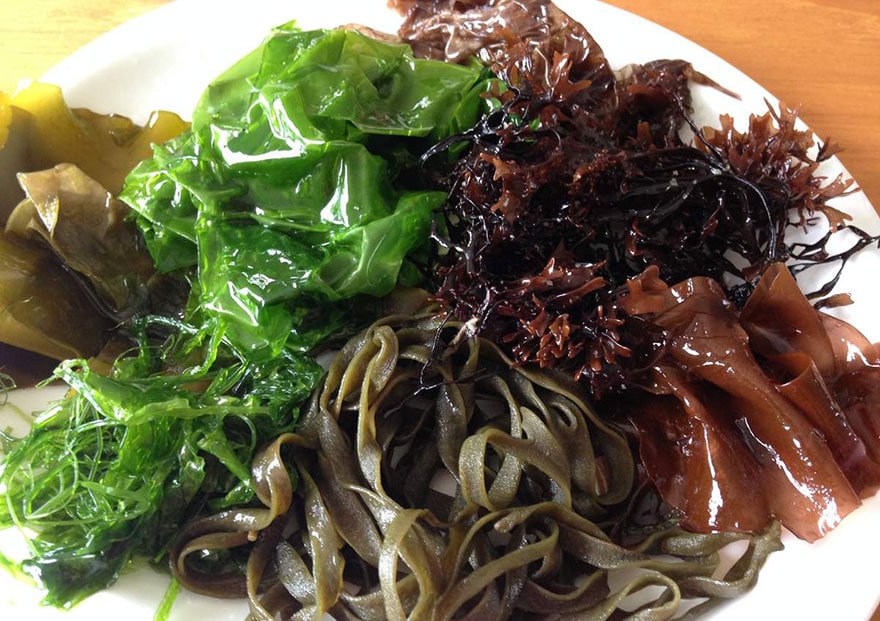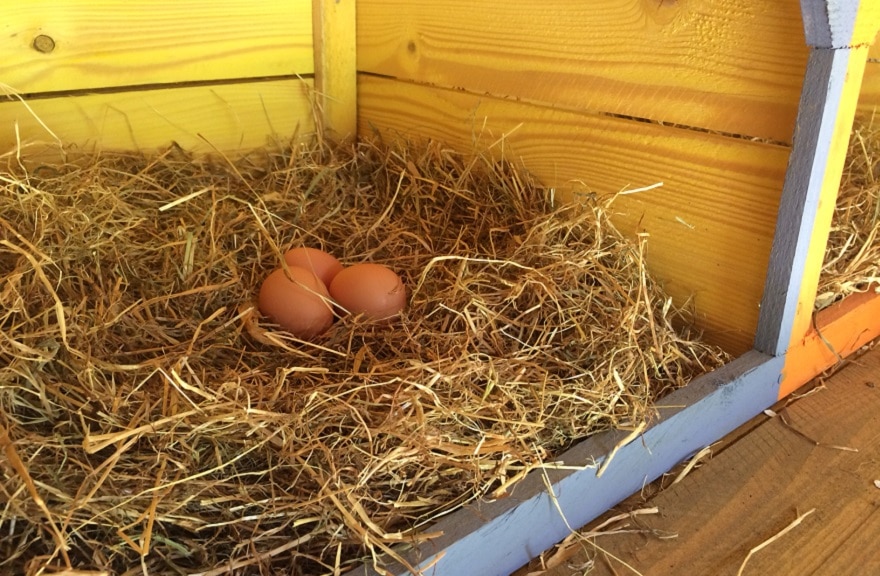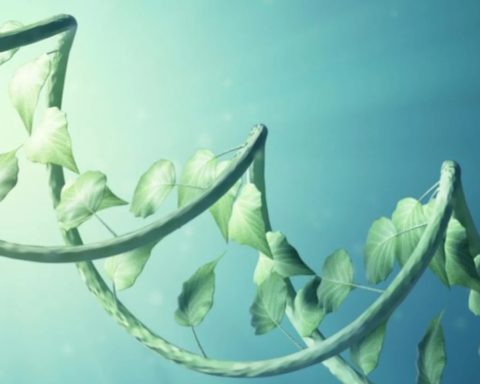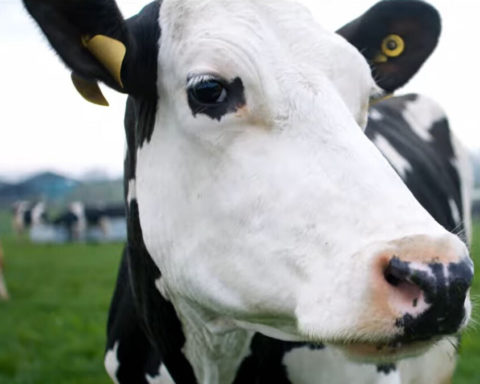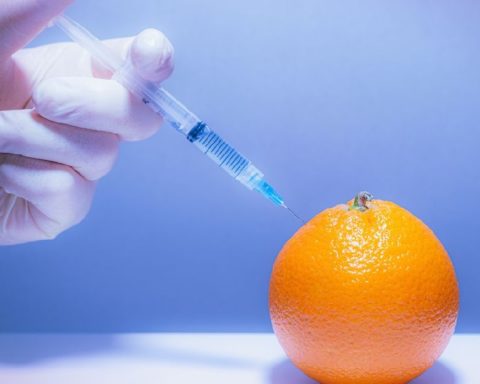Brown, red or green algae, all edible unlike mushrooms, are increasingly popular with consumers looking for natural and healthy products to vary their diet.
« Lhese algae are not like mushrooms, there are none that are toxic," says André Berthou, a seaweed grower from Brittany. Ten men and women, boots on their feet and bucket in hand, came in this month of April to attend a course "picking and cooking" seaweed organized by the fishing museum of Concarneau, in Brittany. "Impossible to come across an amanite," continued the instructor, tearing off a handful of pioka (Chondrus crispus), a red algae widely used in the food industry, especially in blanks. André Berthou gives his trainees a taste of it near the Pointe de la Jument, south of the privateer city. "We tend to harvest where the water is brewed and of good quality," he points out. In such places, the seaweed harvested by professionals can even benefit from the organic label.
In the audience that day, Maryse, a 63-year-old blonde coquette, said she was "interested in all these food alternatives". "Algae are full of trace elements, but you have to deserve them, it's a bit risky, it's slippery," notes this inhabitant of Concarneau, clinging with one hand to a point of rock to restore her balance.
Firm under the tooth
After the harvest, Francois, 66 years old, participates in the making of a tartar. "I didn't know about seaweed at all, it's a very interesting discovery and a richness within reach," he says.
Tartar recipe? A third of nori (Porphyra), a red seaweed widely used in Japanese cuisine, a third of dulse (Palmaria palmata), also a red seaweed with a sweet and full-bodied taste, a third of ulve, better known as sea lettuce, three shallots, olive oil, lemon or cider vinegar make it up. "You slice, mix, place in the refrigerator for two hours and enjoy," concludes André Berthou.
"It's firm under the tooth, it's refined! "Everyone agrees that their taste buds are delighted.
"There is a strong demand for edible seaweed," André Berthou, also a shellfish farmer and president of the Syndicat des récoltants professionnels d'algues de rive de Bretagne (SRPARB), told AFP.
The use of seaweed is very common in gastronomy in Asia (Japan, China, South Korea, Indonesia...), particularly in Japanese cuisine where they are omnipresent, especially in soups, salads and sushi, from the "wakame" of miso soup to the "nori" used to roll up makis... But "the average Breton is not very familiar with the seaweed he walks on. It's a subject that is still quite unknown", notes André Berthou.
Cooking, pleasure, gastronomy
He regrets the amalgamation often made with green algae, which as they decompose emit hydrogen sulphide (H2S), an extremely toxic gas in high doses. "This problem has given green algae bad publicity," the fisherman says, although he insists that it is the algae that contains the most iron and calcium.
However, Xavier Terlet, a specialist in innovation in the agri-food industry with the firm XTC Innovation, believes that "the seaweed is emerging from the ghetto in which it was originally found". For several reasons: "the resource is abundant", products made with seaweed are "tasty" and consumers are increasingly looking for "healthy" products.
Moreover, these marine organisms are perfectly suited to the French food model, "very culinary, very pleasurable, very gastronomic", according to this expert, unlike insects which, according to him, "will never work" in France.
Out of 2,500 new food products released in 2016 in France, 47 (nearly 2%) are made from algae, according to the firm XTC Innovation. "It may not seem much, but it is a lot for a market that did not exist until a few years ago," says Xavier Terlet.
Among these products: organic seaweed bread, seaweed porridge or seaweed-flavoured butter...

Source AFP

